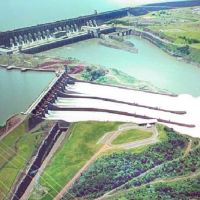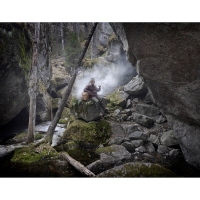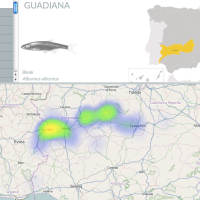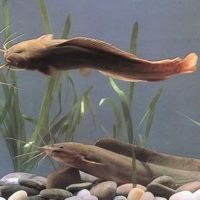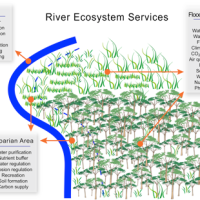The master without a masters: Johannes Schoffmann

Obsession: Johannes after catching a native trout in eastern Anatolia
This week we have a guest post from John Zablocki, an MSc student in Biodiversity, Conservation & Management at the University of Oxford. John has spent recent years studying trout populations in Central and Eastern Europe, and writes to let us in on the story of an incredible individual….
In his book “About Trout”, Professor Robert Behnke, acknowledged by many as the world’s foremost authority on trout and salmon, calls a certain Johannes Schöffmann of Austria the “world’s authority on brown trout and its relatives.”
Who is this mysterious Herr Schöffmann, you wonder–a distinguished European professor of icthyology, perhaps?
No. He’s a baker.
For the past thirty years, when not producing some of Central Europe’s finest pastries, Johannes Schöffmann has been expanding the world’s knowledge of salmonid distributions, phylogenetics, and ecology through countless adventures to far-flung locales in search of native trout.

Johannes' trout collecting method
When James Prosek, an American author, artist, and naturalist began to ponder about whether there were native trout left in the historical Garden of Eden, the headwaters of the Tigris and Euphrates Rivers, there was only one man who could answer his question—Johannes Schöffmann. After their first trip together, the two continued exploring together for roughly a decade before Prosek published his classic book of paintings and literary descriptions titled “Trout of the World”.

Photographing a native trout from eastern Anatolia
There really isn’t much that deters Johannes. Most sane people would turn around when faced with such obstacles as an armored convoy of Ukranian soldiers with machine guns in a KFOR zone in Kosovo, or a Turksih military blockade in Kurdish Anatolia, but not Johannes. Nor do foreign languages deter him. On the wall on his office hangs is a hand-drawn map of the brown trout’s native range across Europe, North Africa, and Western Asia, with the name for trout in every local language where it’s found – not a matter of simple curiosity, but one of practicality. Next to his volumes on ichthyology, his bookcases are stuffed with foreign language dictionaries and texts. As is translating obscure papers published in Chinese, Russian, or Albanian, that give early taxonomic descriptions of local salmonids. In the process of exploring biodiversity, he has also become a linguist.

Johannes at work in the bakery...
And thanks to his lifetime passion and drive, the world now has information on unique populations of fish that would otherwise go undocumented and, in time, possilby extinct. Many of the unique populations in places like Turkey and the Balkans have disappeared from when he first visited them.
Schöffmann has published his own work for decades now in the Austrian fisheries journal “Östterreichs Fischeri”, a body of work which makes an invaluable contribution to the globally important question of “what’s out there and where is it?” when discussing trout populations and their conservation.

Salmo coruhensis, Eastern Anatolia
What’s the lesson from all this?
It’s that individual people can make important, meaningful contributions to science and conservation, regardless of whether or not they’re at a university, and no matter what their occupation is. Johannes took over the family bakery and never even attended the a university. But that hasn’t stopped him from becoming a world expert on his subject, expanding our understanding of the world’s incredible diversity of trout, and even giving a talk at Yale.
Don’t let it stop you either!
John Zablocki: john.zablocki(at)linacre.ox.ac.uk






